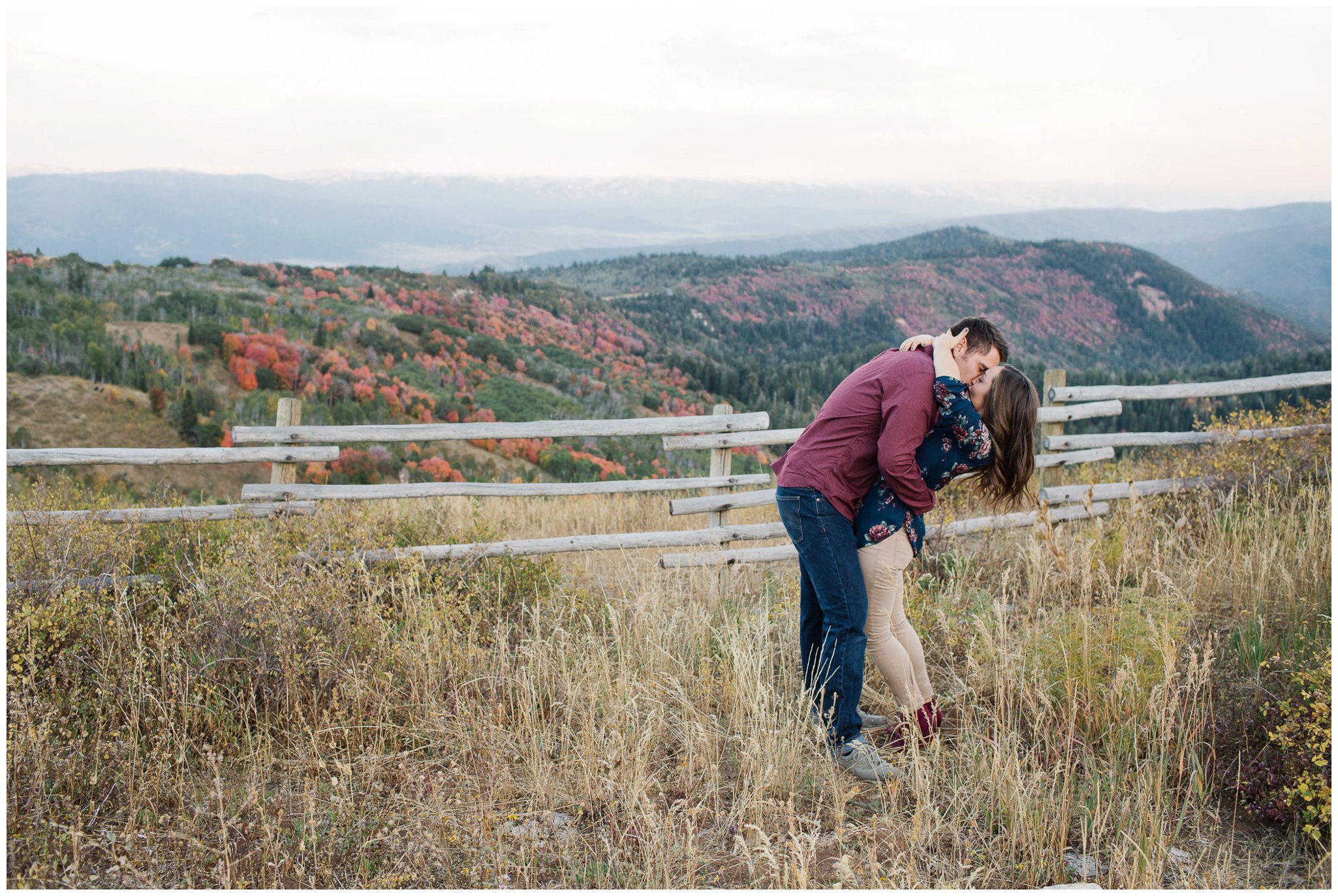Whispers on the Wind: Decoding America’s Enduring Legends
America, a nation forged from diverse peoples and vast landscapes, is not merely a collection of historical facts and economic data. It is a grand tapestry woven with the vibrant threads of its legends – stories that echo from the Appalachian hollers to the deserts of the Southwest, from bustling city streets to the quiet wilderness. These are not merely fanciful tales; they are the nation’s collective unconscious, reflecting its deepest fears, its loftiest aspirations, and the ever-evolving spirit of its people. From larger-than-life heroes taming the wild to enigmatic creatures lurking in the shadows, American legends offer a profound insight into the soul of a country perpetually in motion, still searching for its own definitive narrative.
The very birth of the United States was steeped in a legendary narrative of self-determination and heroic rebellion. George Washington, the stoic general, became a figure of almost mythic integrity, famously unable to tell a lie about a cherry tree – a story, apocryphal as it may be, that solidified his image as the ultimate moral leader. Paul Revere’s midnight ride, while historically more complex, was distilled into a potent symbol of patriotic vigilance. These early legends served a crucial purpose: to define a nascent nation, to instill a sense of shared identity, and to provide foundational myths for a diverse populace.
As the nation pushed westward, conquering an immense and often unforgiving continent, new legends emerged, embodying the rugged individualism and boundless optimism of the frontier. Here, reality often blurred with hyperbole, giving rise to figures whose feats defied the laws of nature. Paul Bunyan, the colossal lumberjack, and his blue ox, Babe, carved out rivers and forests with their immense strength, symbolizing humanity’s struggle and eventual mastery over the wilderness. His tales, originating in logging camps, spoke to the arduous labor and the camaraderie required to tame the vast forests of the North. Similarly, Pecos Bill, the cowboy who rode a cyclone and used a rattlesnake as a lasso, epitomized the daring spirit of the Old West, making the impossible seem achievable with grit and a touch of madness. These were the archetypes of American exceptionalism, figures who made the land yield to human will, often with a wink and a nod to the sheer impossibility of their deeds.

Yet, not all frontier legends were benevolent giants. The figures of Davy Crockett and Daniel Boone, while historical, were rapidly elevated to legendary status, embodying the frontiersman as a fearless hunter, a skilled tracker, and a defender against perceived threats. Their stories, often embellished in almanacs and dime novels, celebrated self-reliance and an unwavering spirit of adventure, even as they simplified complex historical interactions with Native American populations. These legends, however, were not without their shadows, subtly embedding narratives of conquest and territorial expansion that would shape the nation’s identity for generations.
With the advent of the Industrial Revolution, American legends shifted, reflecting the new challenges and anxieties of a changing landscape. The focus moved from taming nature to confronting the relentless march of progress. John Henry, the "steel-driving man," stands as a poignant symbol of this era. His legendary contest against a steam-powered drill, where he hammers himself to death to prove the superiority of human strength and will, is a powerful and tragic testament to the dignity of labor and the human cost of industrialization. John Henry is a blue-collar hero, an embodiment of resilience and defiance against the dehumanizing forces of mechanization. His story resonates deeply, reminding us of the enduring value of human effort in an increasingly automated world.
The rail industry, a lifeblood of the burgeoning nation, also spawned its own legends. Casey Jones, the brave engineer who stayed at his post during a train wreck to save his passengers, became a folk hero, immortalized in song. His legend speaks to the heroism found in everyday work, the quiet courage of those who ensure the smooth functioning of society, even at great personal risk. These industrial legends, unlike their frontier predecessors, often carried a bittersweet note, acknowledging the sacrifices demanded by progress.
Beyond the heroes, America’s legends also delve into the shadowy, often morally ambiguous figures that challenged societal norms. The outlaws of the Wild West – Jesse James, Billy the Kid, and others – were simultaneously feared criminals and romanticized rebels. Their legends often cast them as figures fighting against corrupt systems, taking from the rich (or at least, the banks and railroads) and embodying a fierce independence that resonated with many struggling Americans. They represent the darker side of American individualism, a defiant streak that questions authority and seeks justice, however skewed, outside the established order. The blurred lines between villain and hero in these narratives speak volumes about the complexities of justice and the enduring appeal of the underdog.
As the 20th century dawned, and with it, rapid technological advancements and mass media, the nature of American legends began to evolve once more. The vast, unexplored wilderness had largely been charted, but a new frontier emerged: the unknown, the supernatural, and the extraterrestrial. Bigfoot, the elusive ape-like creature said to roam the forests of the Pacific Northwest, became a modern-day cryptid, fueled by blurry photographs and eyewitness accounts. Bigfoot represents the enduring human fascination with the wild, the untamed, and the mystery that still lies beyond the edges of our maps. Similarly, the legend of the Mothman in Point Pleasant, West Virginia, a winged humanoid said to appear before local disasters, taps into ancient fears of omens and the inexplicable, finding fertile ground in a society grappling with rapid change and growing anxieties.
Perhaps no modern legend captures the zeitgeist of the Cold War and the Space Age more profoundly than the Roswell UFO incident. The alleged crash of an alien spacecraft in New Mexico in 1947, and the subsequent government cover-up, has spawned countless books, films, and theories. Roswell is more than just a story about aliens; it’s a legend about secrecy, distrust of authority, and the yearning to believe in something beyond our terrestrial confines. It speaks to a collective fascination with the cosmic unknown and the lingering suspicion that powerful entities are withholding vital truths from the public.
But the tapestry of American legend is not merely woven from grand, historical threads or sensational modern mysteries. It is also a patchwork of countless local tales, whispered among communities, tied to specific landmarks or figures. These are the legends of haunted houses, of local heroes whose deeds might never make national headlines, of strange occurrences in isolated towns. They often embody the unique character of a region, a town’s quirks, or the deep-seated fears and hopes of its inhabitants.
Consider the notion of a figure like "Ut Colton." While not a universally recognized figure in the grand pantheon of American legends, a name like this could easily become the focal point of local lore. Perhaps a century from now, stories of a "Ut Colton" – a name that might now signify little more than a dusty crossroads, a forgotten pioneer, an enigmatic local character who performed a singular, memorable feat, or even a particularly persistent ghost – will have blossomed into a regional epic. It could be the tale of a lone prospector who struck it rich and vanished, leaving behind a riddle; a resilient homesteader who survived an impossible winter; or a local hero who once stood up to an injustice. These localized narratives, often passed down orally, are the fertile ground from which larger legends sprout. They remind us that the process of legend-making is ongoing, constantly adapting to new environments and new generations, and that every community holds its own secret histories and mythologies waiting to be discovered or, indeed, to be born.

The enduring power of American legends lies in their adaptability and their ability to reflect the ever-changing face of the nation. They are not static artifacts but living stories, reinterpreted and retold, serving as cultural touchstones. They teach us about courage, resilience, and the relentless pursuit of the American Dream, in all its varied forms. They also reveal our anxieties, our fears of the unknown, and our deep-seated questions about justice and identity.
In essence, American legends are the nation’s collective autobiography, a vibrant, often contradictory, and endlessly fascinating account of who we believe ourselves to be. From the mythic giants of the frontier to the silent witnesses of the supernatural, from the celebrated heroes to the romanticized outlaws, these stories continue to shape our understanding of the past, illuminate our present, and offer a glimpse into the kind of future we dare to imagine. They remind us that even in an age of instant information, the human need for grand narratives, for figures larger than life, and for the whispers on the wind that connect us to something ancient and profound, remains as powerful as ever.


